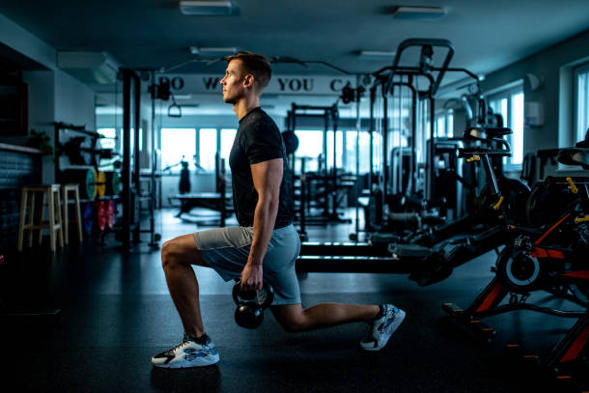

The most featured workouts for lower body fitness comprise squats and deadlifts. However, when done correctly, dumbbell lunges can not only help with lower body fitness but full-body fitness as well.
Simple to the core, dumbbell lunges are ideal for building strong quads, hamstrings, and quads. If you are looking to improve flexibility, joint mobility, stimulate muscle growth, and boost endurance, look no further than the lunge.
What Muscles Do Dumbbell Lunges Strengthen?
Fitness professionals love dumbbell lunges because they are versatile – primarily they target the lower half of the body but can activate muscles of the torso as well.
A key muscle activated by dumbbell lunges are quads. The quadriceps are a bundle of 4 muscles at the front of the thigh and are the initiators of the walking motion. Fundamentally, when quads contract they either flex the hip joint or extend the knee joint.
Also involved are hamstrings which are situated at the posterior aspect of the thigh which engage to flex the knee joint.
One of the largest muscles in the body is also activated, glutes also known as your buttocks. Gluteus maximus contracts and causes the hip joint to extend, and is also pivotal in achieving hip stability.
Consequently, all these muscles work in synchrony to allow gradual descent and ascent of the body during the lunging motion. They are also the most powerful because they are required to work against gravity.
On top of these, other secondary muscles are called to action. They include the chain of back muscles that achieve spine neutrality and also abdominal muscles.
How to do lunges properly
On account of how easy it is to get injured, it is essential to get the drill right. Thus, apart from dumbbells and enough space to make a huge step, you will need to warm up. Otherwise, this is the ideal way to do a dumbbell lunge.
- Get into position with your feet about shoulder-width apart. Grasp equally weighing dumbbells with a hammer grip (with palms facing the thigh). Face forward and make sure the spine is neutral.
- With your dominant leg (lead leg), take a 2-3 foot step to the front. Slowly descend and bend both knees making a 90o angle until the knee of the trailing leg almost sweeps the floor. The thigh of the lead leg and the calf of the trailing leg should both be parallel to the floor.
- The knee of the lead leg should not go beyond the toes. Any further movement can aggravate the knees.
- After a count of three, apply pressure to the ball of the lead foot and push back to the standing position and in a composed motion.
- Hold this for 2 seconds and afterward repeat the routine 8-12 times on each leg. This completes a set and your target is 2-3 more sets.
How not to do lunges
Dumbbell lunges require top-shelf concentration and muscular stability. Even though they are ideal for weight loss and bulking, they also include a fair share of sporting injuries.
Moreover, lunging places stress on joints, especially on the knee, and using the incorrect technique will result in ligament and tendon sprains and tears.
Here’s how not to do lunges:
Bad hip and foot alignment
The correct form requires a stable hip and toes pointing forward. Injuries may not occur too rapidly but a flawed hip and foot alignment incrementally stresses the knees with each rep. Furthermore, as you get worn out it gets harder to overcome the dispensation to slip out of formation. Experts recommend shifting to unweighted lunges if you are unable to push past the pain barrier or are an amateur.
Rounding the back
Dumbbell lunges, just like squats, require the engagement of core and back muscles. However, you will easily find yourself hunching or flowing with the forward momentum from the dumbbells. Avoid rounding your back and keep a straight posture.
Taking too long a step forward or shallow steps
Measured steps are the foundation of dumbbell lunges. Stepping too far forward outside your base of support means that more energy is wasted in your ascent. A wider stance potentiates the level of pressure transmitted through each knee.
Conversely, a narrow step obliterates your base of support and an automatic compensatory move would be curling or collapsing your torso into a shell. This posture is negative and is not effective in building lower body strength and endurance.
Too narrow a stance
In essence, lunges are hinged on the shoulder-width stance. If the gap is too narrow you will probably be out of balance with each lunge because of a shallow base foundation.
How to select the correct weight for lunges
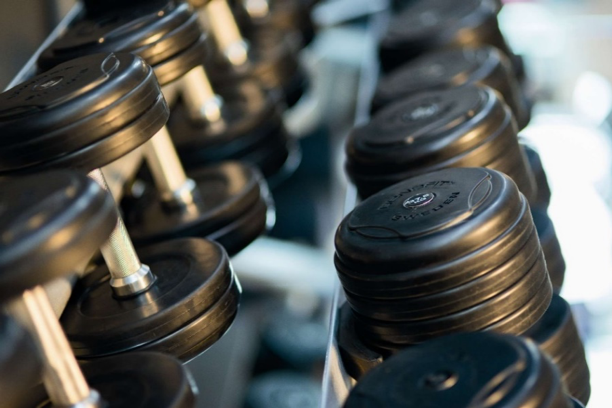
There are no checkboxes to dictate what weight of dumbbells to use. For this reason, it’s acceptable to do lunges without dumbbells when still learning the right technique.
Based on your fitness goals you can go light or heavy. First, lighter dumbbells are ideal for weight loss as you will complete more sets and reps. On the contrary, heavier dumbbells are best used in muscle-bulking routines which aim for fewer reps and sets.
The rule of thumb – start with dumbbells a little lighter than what you think you need and gradually work up the ladder.
Dumbbell lunge workout routine
For optimum results, it is vital to get the right workout schedule for weight loss and maintaining shape, or for bulking.
Where weight loss is your objective, your range target should be 12-15 reps done in 3-5 sets with lightweight dumbbells.
Conversely, to bulk up, use heavier dumbbells and hit 8-12 reps and target 3 to 4 sets with one to two minutes rest between each set.
Pro tip: You can push your boundaries and do more sets until you cannot train beyond the pain barrier.
Different kinds of dumbbell lunges
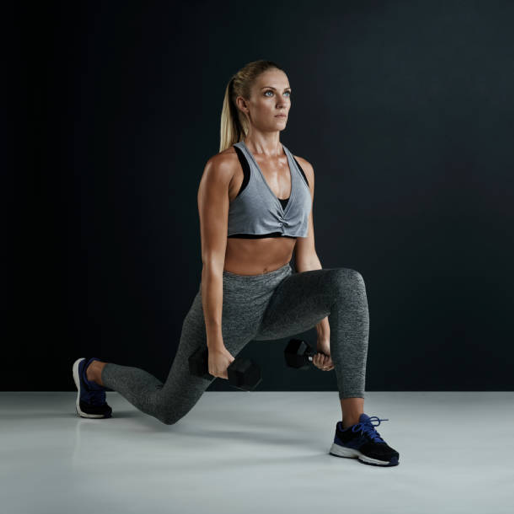
Static lunge
The static lunge is a dynamic exercise that isolates and works out quads, hamstrings, glutes, and calf muscles because it’s extremely intense in the lowering phase. Mastering the descent of the static lunge is the first step towards shifting to more complex lunge variants.
Core to the static lunge is the typical stepping motion that shifts weight to the front leg.
The technique:
Start with a shoulder-width stance with dumbbells by the side. Engage core and back musculature and take a long step forward. Subsequently, make 90-degrees with your knees whilst maintaining proper form. Hold the position for 2-3 seconds and deliberately push back to the starting position.
Reverse lunge
Ideally, the reverse lunge is a static lunge but in reflected motion. While the static lunge makes a front step, the reverse lunge makes a back step. Besides this, the concept is the same.
The reverse dumbbell lunge is easier to execute and therefore recommended where there are underlying hip and knee conditions. It is the best exercise if you wish to achieve the same results as the static lunge where balance is still off.
The technique
Place your feet shoulder-width apart and spine neutral. Afterward, make a deliberate lunge to the back and bend the knee but keep it hovering above the floor. To a count of three, hold this position and push back up with the ball of the front foot.
Walking lunge
The walking lunge is an effective exercise that can target more chains of muscles apart from being a powerful cardio workout.
The technique
Similar to the static lunge, the walking lunge adopts the same starting posture. From the standing stance, take a step forward and descend into a static lunge. Retain this posture for a couple of seconds and push right back to the top. Instead of stopping here, straightaway proceed into a lunge with the opposite leg. The walking lunge is robust and concurrently works out all muscles of the leg.
Curtsy lunge
The curtsy lunge targets adductor muscles of the legs which draw the thigh inwards, as well as the gluteus. However, it requires elaborate movement and balance from achieving command of the reverse or static lunge.
The technique
While standing with feet shoulder-width apart, take a huge step back. The key to this is crossing the leg behind the grounded foot. Count to three and work back to the open stance and repeat the routine.
Rearfoot elevated lunge
The rearfoot elevated lunge isn’t any different from the Bulgarian splits. Both typically use the same movement as well as technique. Mastering the rearfoot elevated lunge builds strength and stability while also stretching tight hamstrings.
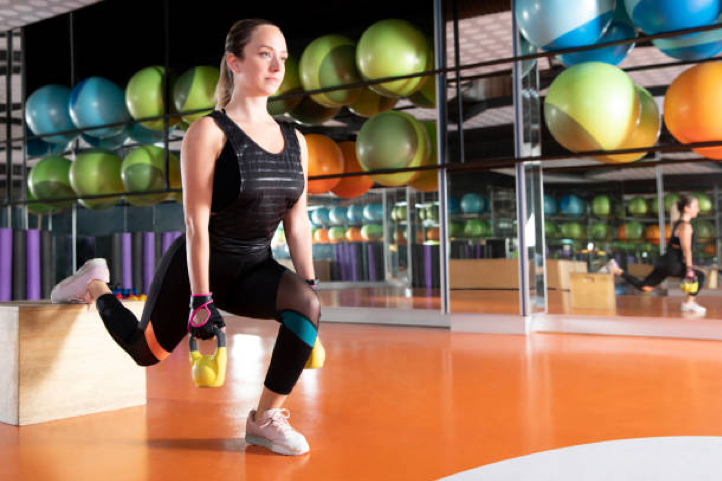
The technique
Stand 1-2 feet in front of a bench and rest your flexed left leg on it. Whilst holding this position, dip into a lunge but don’t let the back knee touch the ground. Hold this posture for a couple of seconds and spring back to your original position.
Nevertheless, follow the basic rules of dumbbell lunges – the front knee should not go past the toes and the trailing knee should only move straight down.
Pendulum lunge
Combining both the motions of the static and reverse lunge, the pendulum lunge is easily the most tasking lunge variation.
The technique
Stand with a shoulder-width stance and enter into a reverse lunge. When the back knee is close to the floor, powerfully thrust to the standing stance and right away transition into a static lunge by taking a front step on the same leg and push back up. Significant to the static lunge is using one leg for support in consecutive reverse-static lunge motions before working out the opposite leg.
The pendulum lunge is great for building strength and stability. But since it’s tasking to the knee joint, do not attempt it if any conditions will be aggravated.
Conclusion
Dumbbell lunges are a superb at-home or gym workout. Though lunges primarily target glutes, hamstrings, quads, and calves, with the right technique you will also strengthen abs and back muscles.
Start with the basic static lunge if you are experimenting with a new routine. Remember, don’t step too far forward or too shallow. As you lunge, keep your knees at 90° and the front knee behind the toes and before long, the benefits will be evident.






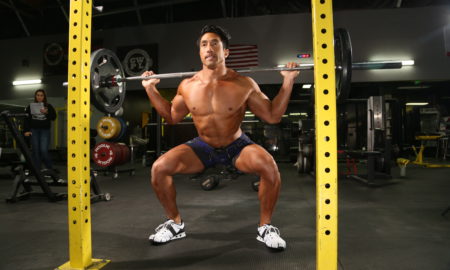
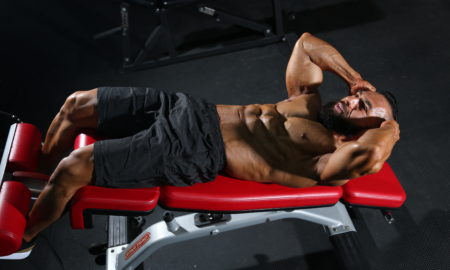







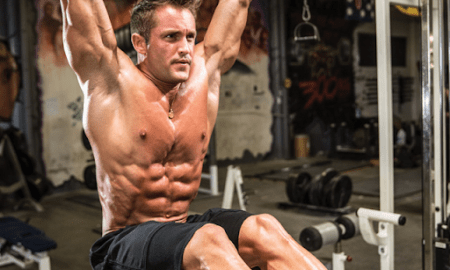




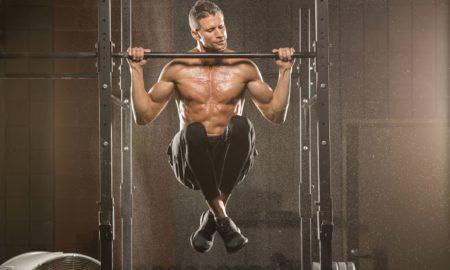

You must be logged in to post a comment Login